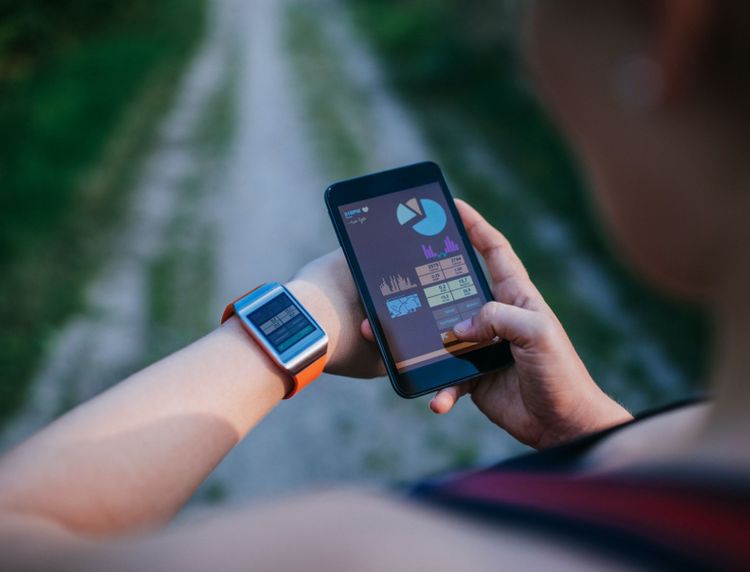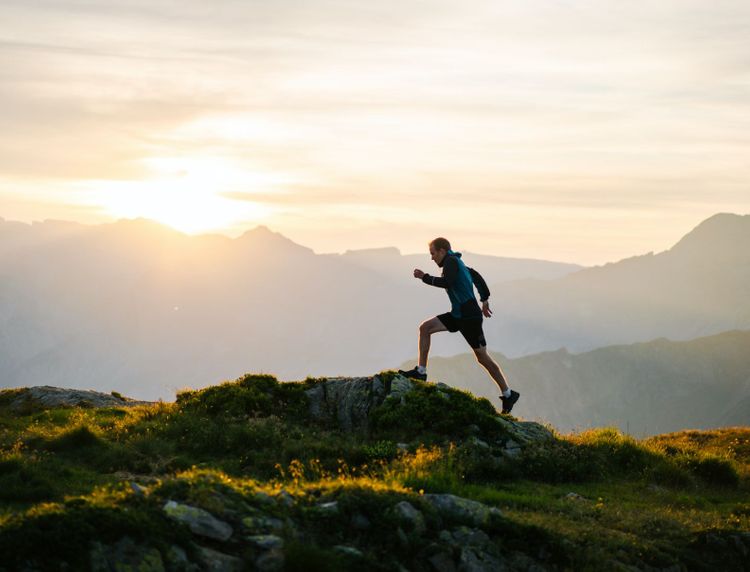Health Benefits of Bakasana
Bakasana is a Sanskrit word that means “crane pose” in English. It is a yoga posture that involves balancing on the hands with the knees relaxing on the upper arms.
Bakasana is also known as Crow Pose, but some yoga traditions distinguish between the two poses based on the position of the arms: Bakasana has straight arms, while Crow Pose has bent arms.
Keep reading if you wish to learn about the Bakasana benefits and how to perform this posture.
Share this article
List of Content
- Understanding Bakasana Yoga Benefits
- How to Perform Crane Pose in Yoga?
- Contraindications of Bakasana
- Conclusion
- FAQS
Understanding Bakasana Yoga Benefits
Some key crane pose benefits are as follows:
Flexibility
Bakasana stretches and mobilises the joints and muscles of the upper body, spine, and lower body. It opens up the chest, shoulders, arms, wrists, hips, groin, and hamstrings and increases the range of motion in the spine. Flexibility improves your body posture, reduces pain and stiffness, and prevents injuries. It also helps you perform other yoga poses with ease and grace.
Improves Strength
Bakasana engages and strengthens the core, arms, shoulders, wrists, and legs. It requires you to support your body weight on your hands and to stabilise your joints and muscles. Strength is important for supporting your body weight, stabilising your joints, and improving your balance and coordination. It also helps you prevent and recover from injuries and improves your metabolism and bone density.
Improves Concentration
Bakasana requires and develops concentration and focus. It demands your full attention and awareness, as you have to balance your body on your hands and control your breath. Concentration is important for improving your cognitive performance, memory, and learning. It also helps you calm your mind, reduce distractions, and increase productivity and creativity.
Relieves Stress
This pose requires you to breathe deeply and calmly, which can help regulate your hormones, neurotransmitters, and blood pressure. This can help reduce depression, anxiety, and stress, such as nervousness, irritability, sadness, and fatigue.
To practise Bakasana effectively and relieve stress, anxiety, and depression, you need to focus on your breath and avoid holding it or hyperventilating.
You can also use a mantra or a positive affirmation, such as “I am calm”, “I am happy”, or “I am free”, which can help you shift your mood and mindset.
You also need to practise gratitude and compassion and appreciate your efforts and achievements, no matter how small they may seem.
How to Perform Crane Pose in Yoga?
Bakasana yoga may look intimidating at first, but you can master it with patience and regular practice.
Here are the steps to perform the Bakasana pose correctly and safely:
Start in a squat position, with your feet slightly apart and your knees wider than your hips. Place your hands on the floor in front of you, keeping them shoulder-width apart, and spread your fingers wide. Bend your elbows slightly and lean forward, shifting your weight onto your hands.
Raise your hips and get your knees as high as possible on the backs of your upper arms, near your armpits. Involve your core and press your inner thighs around your arms. Look forward and keep your neck long and relaxed.
Lift your feet off the floor, one at a time or together, and balance on your hands. Keep your elbows bent and your arms strong. Draw your heels towards your buttocks and point your toes. Breathe deeply and hold the pose for as long as you can, up to a minute.
To release the pose, lower your feet to the floor and return to the squat position. If you are comfortable, you can also jump back to a plank or a chaturanga pose.
Here are some tips and variations for beginners and advanced practitioners:
If you are new to Bakasana, you can use a yoga block, a pillow, or a folded blanket under your face to prevent falling and hurting yourself. You can also practise near a wall or with a partner for support.
If you find lifting your feet off the floor hard, you can try lifting one foot at a time and alternating between them. You can also bend your knees and bring them closer to your chest to reduce the weight on your arms.
If you want to challenge yourself, you can try straightening your arms and lifting your knees higher on your arms, towards your elbows. You can extend one or both legs behind you, parallel to the floor, or bring them together in a lotus position.
Contraindications of Bakasana
Bakasana is not suitable for people with high blood pressure, heart diseases, or thrombosis (blood clots in the brain). These conditions can worsen due to the increased pressure and strain on the cardiovascular system.
Bakasana should be avoided by people with shoulder, wrist, or elbow injuries or pain, such as carpal tunnel syndrome. The asana puts a lot of weight and stress on these joints, which can aggravate the existing problems.
Bakasana should not be practised by women who are pregnant or menstruating. The pose compresses the abdomen and pelvic area, interfering with the natural flow of blood and energy.
Bakasana requires a lot of practice and patience to master. Do not rush or force yourself into the Bakasana posture, which can lead to injury or frustration. Start with variations and modifications, such as putting a block beneath your feet or using a wall for support.
Bakasana should be followed by a counterpose, such as a Child’s Pose or Downward Facing Dog, to unleash the tension and extend the muscles used in the pose.
Conclusion
Bakasana is a powerful and rewarding pose that can better your physical and mental well-being in various ways. It can strengthen your wrists and arms, open up your upper back, improve your abdominal muscle strength, stretch your groin, improve your sense of balance and focus, help you build confidence and courage, and combat fear, relieve stress, anxiety, and depression, and prepare you for more challenging arm balances.
To practise Bakasana safely and effectively, you can use props, such as a yoga mat, a block, a strap, a bolster, or a blanket, to support your wrists, palms, head, chest, hips, or legs.
Bakasana or other yoga poses are a few of the many things you can do to live a healthy life. What else you can do is opt for health insurance with critical illness insurance coverage.
The benefit of health insurance is that it covers most of the medical disease treatment, which can be costlier, and you are at risk of contracting it. The premium for a health insurance policy depends on your age, lifestyle, geographical location, and existing health conditions.
FAQS
What is Bakasana, and how to do it?
Bakasana is a yoga pose that resembles the posture of a crane. It is an intermediate-level arm balance pose that strengthens the wrists, arms, core, and spine. To perform this exercise, squat on the floor, place your hands flat in front of your feet, lean forward, lift your feet off the ground, and balance your body on your arms.
What are the variations of Bakasana?
Bakasana has some variations that can challenge your skills and offer different benefits. Some of the common variations are Parsva Bakasana (side crane pose), where you twist your body and extend your legs to one side; Eka Pada Bakasana (one-legged crane pose), where you lift one leg up in the air, and Baby Bakasana (baby crane pose), where you rest your forehead on the floor.
What are the precautions and contraindications of Bakasana?
Bakasana is not suitable for everyone and should be practised with caution. Some of the precautions and contraindications are wrist injury, shoulder injury, hip injury, knee injury, pregnancy, high blood pressure, and glaucoma.
How to improve your Bakasana?
Bakasana can be improved by practising regularly and gradually. You can use props like straps, blocks, or pillows to support your feet, hands, or head. You can also practise with a partner or a wall to help you balance. You can also hold the pose longer, straighten your arms, or lift your head higher.
How to prepare for Bakasana?
Bakasana requires a good warm-up and some preparatory poses to get ready for it. Some of the recommended poses are Padmasana (lotus pose), Cat-Cow pose, Lizard pose, Seated or Reclined Crow pose, Malasana (garland pose), Chaturanga Dandasana (four-limbed staff pose), and Boat pose.
Share this article
Latest from our blogs

15 terms you must know before buying health insurance
We have listed all 15 terms a health insurance buyer should ...
Read More
How Much Health Insurance Do You Need?
While more and more people are getting insurance for things ...
Read More
4 simple steps to claim MediClaim in India
Check that all the documents contain required information li...
Read More